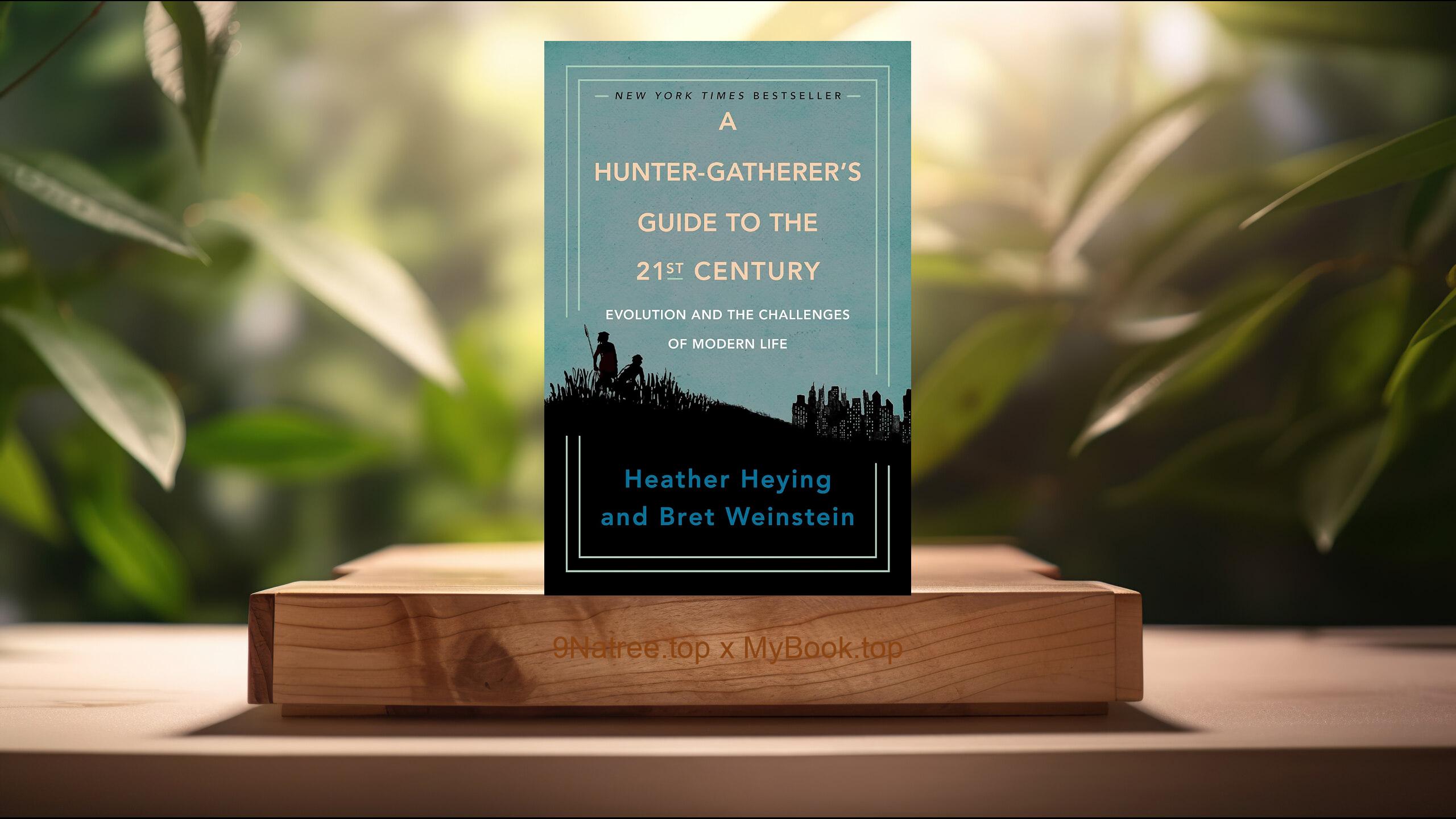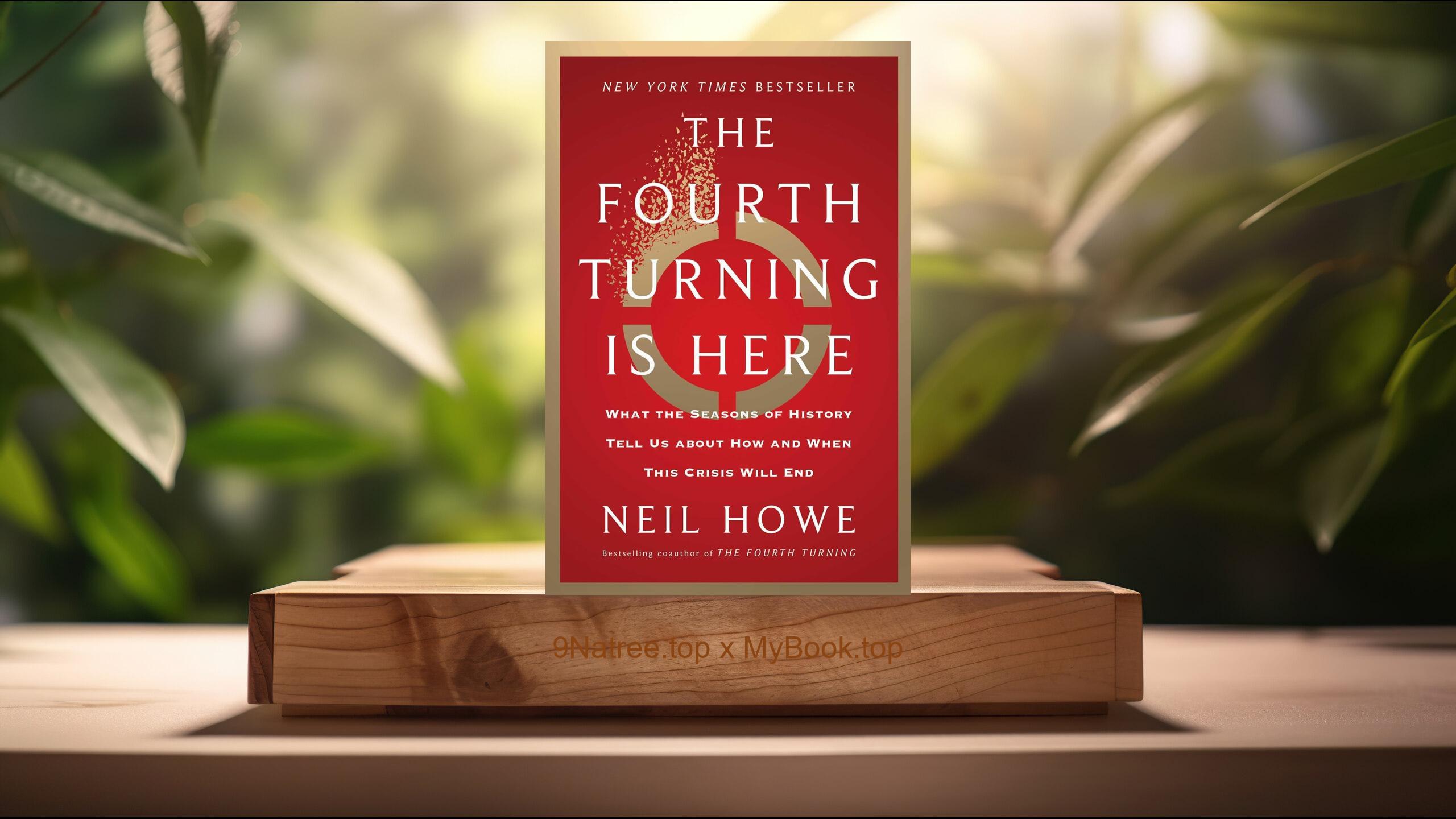Show Notes
Buy on Amazon: https://www.amazon.com/dp/B0000DE6QB?tag=9natree-20
Read more: https://mybook.top/read/B0000DE6QB/
#GildedAge #1893World'sColumbianExposition #HHHolmes #Architecturalhistory #Truecrime #Americanhistory #ErikLarson #TheDevilintheWhiteCity
These are takeaways from this book.
Firstly, The Architectural Marvel of the 1893 World's Columbian Exposition, The 1893 World's Columbian Exposition, also known as the Chicago World’s Fair, serves as a pivotal backdrop in 'The Devil in the White City'. This topic delves into the enormous architectural and engineering challenges faced by Daniel H. Burnham and his team. Tasked with transforming a marshy park into the white neoclassical fairgrounds immortalized as the 'White City', their effort was nothing short of miraculous at a time when technology was still in its infancy. The fair not only showcased the Neo-classical design that would influence American architecture for decades but also featured the first Ferris Wheel, symbolizing America's technological prowess. Burnham's leadership and vision amidst countless obstacles including the economic downturn, labor disputes, and the technological limitations of the era, highlight the relentless pursuit of innovation and excellence that defined the Gilded Age.
Secondly, H.H. Holmes: America's First Serial Killer, H.H. Holmes, born Herman Webster Mudgett, is a central figure in ‘The Devil in the White City’ for his heinous crimes during the fair's run. Holmes took advantage of the influx of visitors to Chicago, luring them to his 'Murder Castle,' a hotel designed with secret passages, soundproof rooms, and a basement equipped for his gruesome acts. This topic explores Holmes' psychological profile, his methodical approach to murder, and how he exploited the fair’s chaos for his dark purposes. Larson delves into Holmes' life, uncovering his charismatic persona which he used to deceive his victims, and the eventual unraveling of his crimes. The narrative not only sheds light on Holmes' macabre deeds but also offers a glimpse into the criminal psychology and investigative techniques of the 19th century.
Thirdly, The Gilded Age: A Period of Contrasts, Erik Larson uses the 1893 World's Columbian Exposition and H.H. Holmes’ story to mirror the larger societal contrasts of the Gilded Age. This era, characterized by rapid industrial growth, technological innovation, and extreme wealth disparities, sets a perfect stage for exploring themes of ambition, ingenuity, and moral decay. The book provides insight into how the exposition exemplified the technological advancements and opulence of the time, while Holmes’ crimes exposed the era’s dark underbelly. This topic explores the paradoxes of progress, where monumental achievements in human ingenuity coexisted with profound social and ethical issues, including labor exploitation, racial discrimination, and the absence of adequate law enforcement mechanisms to deal with emerging urban crimes.
Fourthly, The Legacy of the Fair, The 1893 Columbian Exposition left a lasting legacy on American culture and architectural design, influencing the City Beautiful movement and setting the stage for modern American city planning and the development of public spaces. This topic examines the exposition's impact on society, including the introduction of new products (like the Ferris Wheel and Cracker Jacks), the promotion of the neoclassical architecture, and its role in propelling forward the concept of urban planning. Larson details how the fair served as a catalyst for change, pushing America into the forefront of the modern world, and how its legacy is still seen in the urban landscapes and cultural heritage of today.
Lastly, The Dual Narratives: A Literary Device, Erik Larson’s choice to intertwine the stories of Daniel H. Burnham and H.H. Holmes functions as a compelling literary device that highlights the stark contrasts between creation and destruction, hope and despair. This topic explores how Larson uses these two narratives to enhance the book's thematic depth, providing readers with a multidimensional view of the Gilded Age. By juxtaposing Burnham’s ambitious efforts to construct the fair with Holmes’ nefarious deeds, Larson crafts a narrative that explores the complex nature of human ambition and morality. This analysis underscores the effectiveness of using dual narratives to engage readers and provoke deeper contemplation on the themes presented.
In conclusion, Erik Larson’s 'The Devil in the White City' is a masterpiece of historical non-fiction that offers something for a wide audience. It is an essential read not only for those interested in American history, architecture, and true crime but also for anyone fascinated by the human condition and the duality of progress and morality. The book provides profound insights into the Gilded Age, shedding light on both the technological marvels and the societal challenges of the era. Through the detailed portrayals of Daniel H. Burnham’s visionary work and H.H. Holmes’ malevolent scheming, readers gain a deeper understanding of the complexities and contradictions of human nature. 'The Devil in the White City' is more than just a recounting of historical events; it is a reflection on ambition, ethics, and the impact of human endeavors on societal development. This makes it immensely valuable for modern readers, offering lessons on innovation, resilience, and the importance of ethical considerations in the pursuit of progress.
![[Review] The Devil in the White City (Erik Larson) Summarized](https://episodes.castos.com/660078c6833215-59505987/images/1745030/c1a-085k3-wng54pp3i1-1csa6b.jpg)




